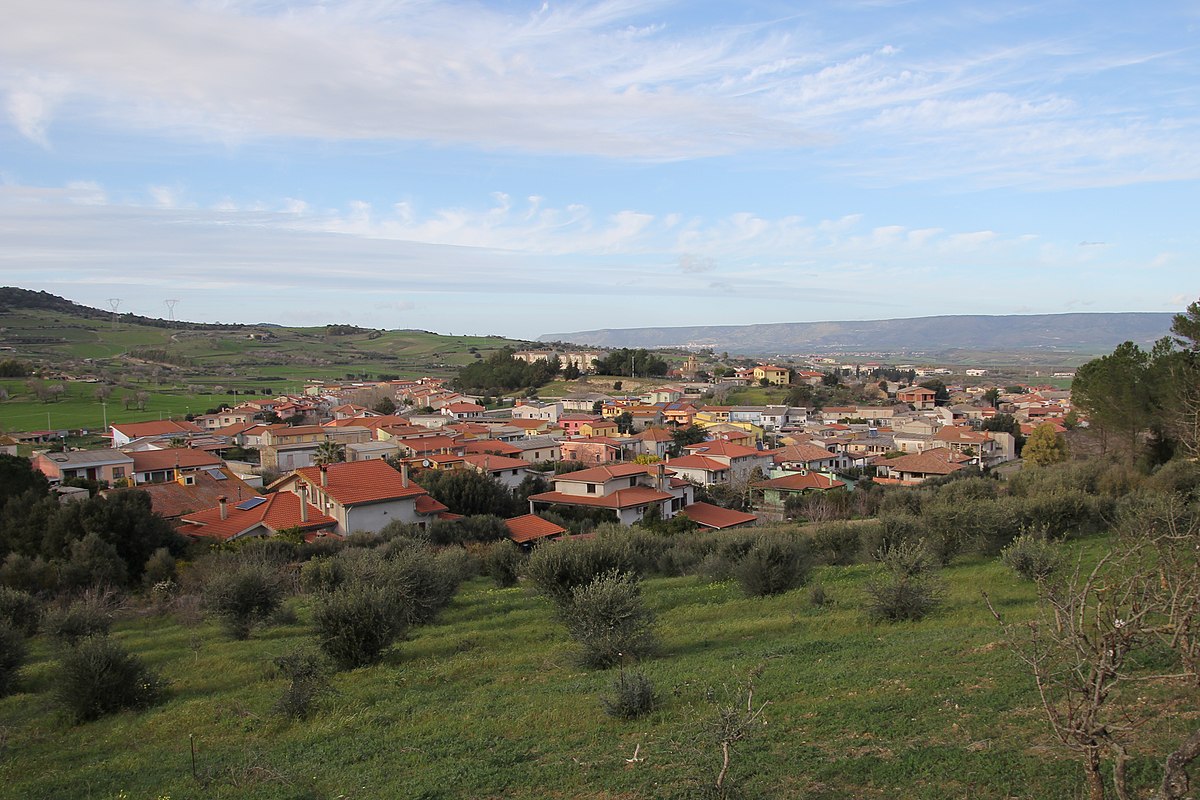Enostra coop, a cooperative in Italy that produces and supplies sustainable energy, is working on two energy community projects in two villages in Sardinia, Ussaramanna and Villanovaforru.
“The study, one of the first in Italy, began about two months ago and it includes an analysis of the territory both from the point of view of electricity production from photovoltaic plants and electricity consumption by local users,” project manager Christian Bartolomeo told pv magazine.
Bartolomeo expects each municipality to build a PV plant of about 40 to 50 kWp of capacity, making use of public funds.
Ènostra coop reports that each municipality should define tender details and invite a local PV installer in late spring. “The plants are expected to be built by the end of autumn, in order to create a centralized energy system that can provide electricity to be shared among the inhabitants.”
According to their site-specific estimates, the PV plants can cover the daytime needs of about 30 to 40 household users and four or five small businesses. “In this way, a member of our RECs [renewable energy communities] in Sardinia could benefit from an annual economic contribution of around €110 to €140 for each megawatt-hour of virtually self-consumed electricity.”
The €110 to €140 per megawatt-hour band is specific to the site, depending on factors like radiation, production, self-consumption, but also data granularity.
“Each REC also presents an almost unique social context and behavior, and for this reason, each one must be analyzed as a case in itself, in order to avoid making feasibility mistakes,” said Bartolomeo.
Popular content
Social dimension
Bartolomeo explains that ènostra coop aims to trigger collective actions and foster social inclusions in presenting the projects to local authorities and the population.
“RECs represent a solution to supply renewable electricity to local consumers who do not have suitable surfaces to install their own PV systems. In fact, local municipalities can free up surfaces on public buildings.”
Despite the logistical complexities due to coronavirus-related measures, the company is participating in the decision-making groups with stakeholders and institutional bodies. A local presence is necessary.
“We organized an on-site information desk to assess the interest of local users and collect data related to their profile of consumption. We are now refining our REC model using real consumption data rather than the initial estimates,” Bartolomeo explained.
Other projects
Current regulations restrict the boundaries of the RECs to the users connected to the same secondary cabin. The measure is meant to avoid power losses and decrease the pressure on the grids. Ènostra coop, like other stakeholders, is asking to remove this constraint in the future legislative framework. According to Bartolomeo, the change in regulation would trigger new and more complex projects in Italy.
Currently, ènostra coop is also teaming up with a private cooperative to develop an REC in Biccari, Puglia, and one in Ledro, in the province of Trento. It is also cooperating with local authorities, energy service companies and research centers in showing the need for concerted action to foster similar initiatives in Italy.
This content is protected by copyright and may not be reused. If you want to cooperate with us and would like to reuse some of our content, please contact: editors@pv-magazine.com.


By submitting this form you agree to pv magazine using your data for the purposes of publishing your comment.
Your personal data will only be disclosed or otherwise transmitted to third parties for the purposes of spam filtering or if this is necessary for technical maintenance of the website. Any other transfer to third parties will not take place unless this is justified on the basis of applicable data protection regulations or if pv magazine is legally obliged to do so.
You may revoke this consent at any time with effect for the future, in which case your personal data will be deleted immediately. Otherwise, your data will be deleted if pv magazine has processed your request or the purpose of data storage is fulfilled.
Further information on data privacy can be found in our Data Protection Policy.